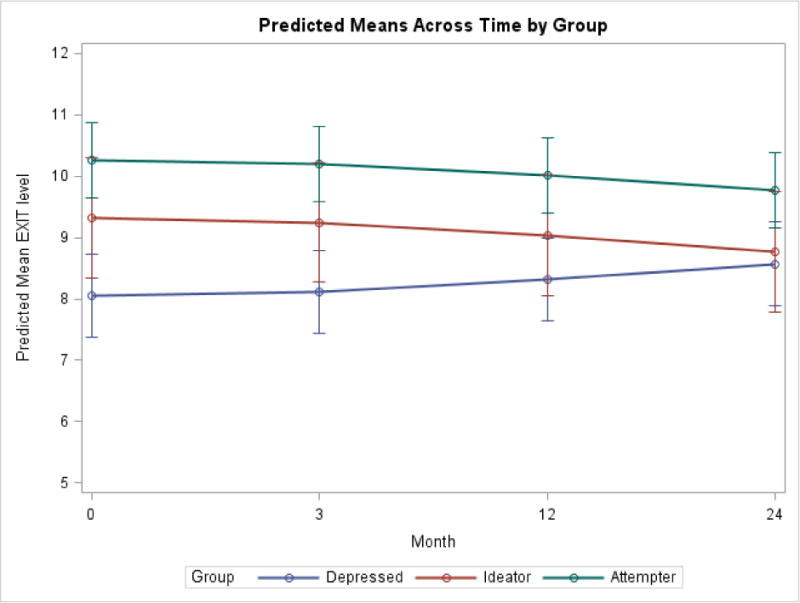Figure 2. Predicted EXIT scores over the 2-year follow-up period for Suicide Attempters, Suicide Ideators, and Non-suicidal Depressed Older Adults.

Figure 2 depicts the trajectories of EXIT scores over a 24-month follow-up period for suicide attempters, ideators, and nonsuicidal depressed older adults, with higher EXIT scores reflecting worse performance. Suicide attempters performed significantly worse on that EXIT than the nonsuicidal depressed group across the four time points. There was no evidence of decline in executive performance over the four time points across the groups.
*All analyses included age, sex, and education as covariates. Age was coded in years, education was coded as years of education, and sex was coded as 1=male and 2=female.
**EXIT scores of 199 participants at baseline, N=147 with at least 2 data points, N=103 with least 3 data points, and N=74 of participants with 4 data points.
